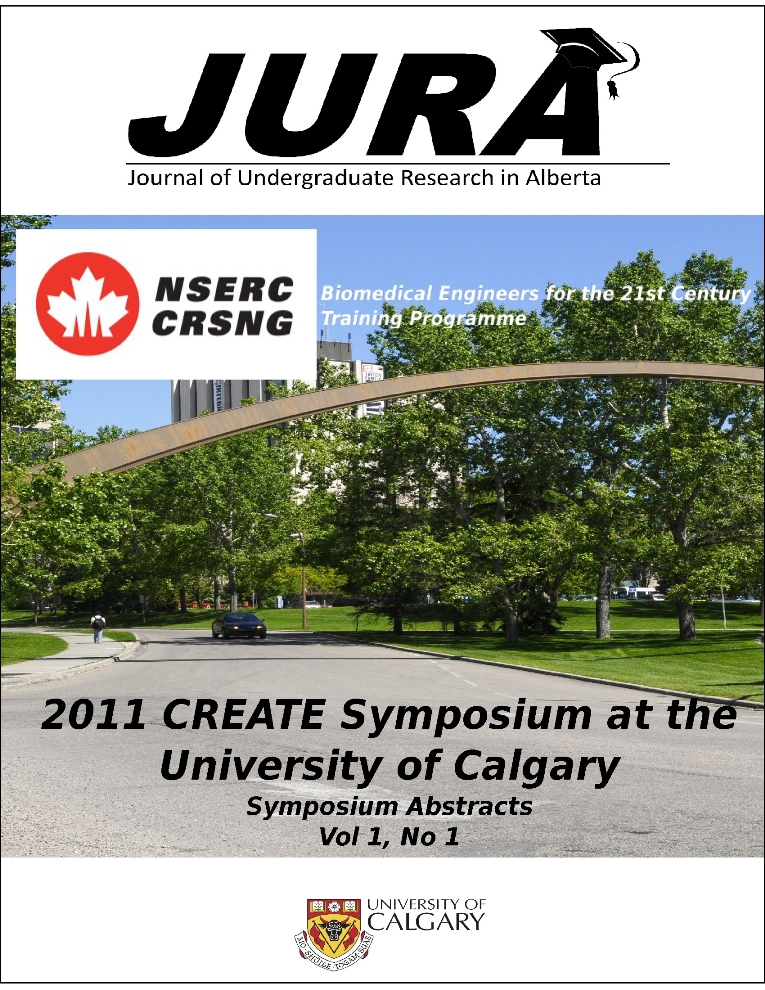Can We Study Titin Properties in Passive Myofibrils?
Keywords:
Titin, MyofibrilsAbstract
Titin is a giant molecular spring in skeletal and cardiac muscles. It has a variety of important passive, structural, sensing and force-regulatory functions, and thus has been investigated widely (Granzier & Labeit, 2007). Studying the mechanical properties of isolated titin has been difficult because of the enormous size and great instability of this protein. However, the passive properties in single myofibrils are almost exclusively explained by titin, and thus we asked the question if we can study titin properties in intact, passive myofibrils (Bartoo et al., 1997).
Single myofibrils were isolated in a standard way (Leonard & Herzog, 2010) and three consecutive stretches of 1.0-3.5μm/sarcomere magnitude were performed at a nominal stretch speed of 0.1 sarcomere length/sarcomere/s. Sarcomere length were measured using a high resolution photo diode array and forces were measured using micro-electronically machined silicon nitrate levers.
Single myofibrils frequently showed a distinct change in stiffness upon stretch at sarcomere length of approximately 3.6-3.8μm, they showed a decrease in loading energy with repeat stretch cycles and their efficiency decreased for all loading cycles with increasing stretch magnitude. These properties are in agreement with results observed in single titin preparations (Kellermayer et al., 1997). Therefore, we conclude that titin properties can be studied using single myofibrils. This has at least two significant advantages over tests with isolated titin proteins: (i) testing is technically much easier and (ii) titin is arranged in its intact structural arrangement. In the future, we would like to study titin properties in calcium activated myofibrils in which active (actin-myosin based cross-bridges forces) are eliminated either by chemical inhibition or by deletion of regulatory proteins on actin, as we have done before (Joumaa et al., 2008).
Downloads
References
2. Granzier, H. L. M. & Labeit, S. (2007). Structure-function relations of the giant elastic protein titin in striated and smooth muscle cells. Muscle and Nerve, 36, 740-755.
3. Joumaa, V., Rassier, D. E., Leonard, T. R., & Herzog, W. (2008). The origin of passive force enhancement in skeletal muscle. American Journal of Physiology, Cell Physiology, 294, C74-C78.
4. Kellermayer, M. S. Z., Smith, S. B., Granzier, H. L. M., & Bustamante, C. (1997). Folding-unfolding transitions in single titin molecules characterized with laser tweezers. Science, 276, 1112-1116.
5. Leonard, T. R. & Herzog, W. (2010). Regulation of muscle force in the absence of actin-myosin based cross-bridge interaction. Am.J Physiol Cell Physiol, 299, C14-C20.
Downloads
Published
Issue
Section
License
Authors retain all rights to their research work. Articles may be submitted to and accepted in other journals subsequent to publishing in JURA. Our only condition is that articles cannot be used in another undergraduate journal. Authors must be aware, however, that professional journals may refuse articles submitted or accepted elsewhere—JURA included.


